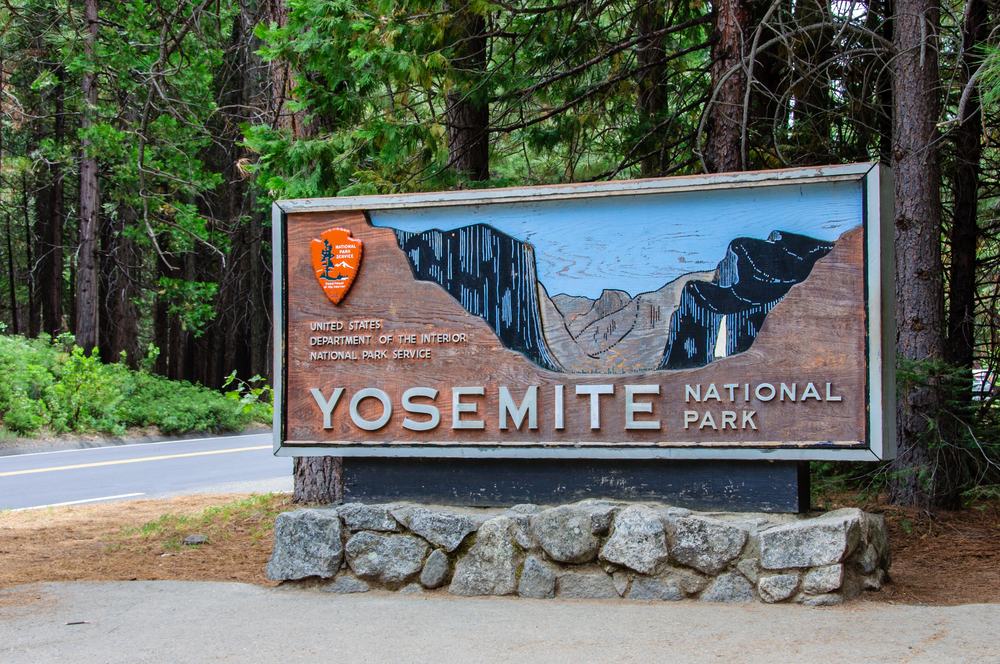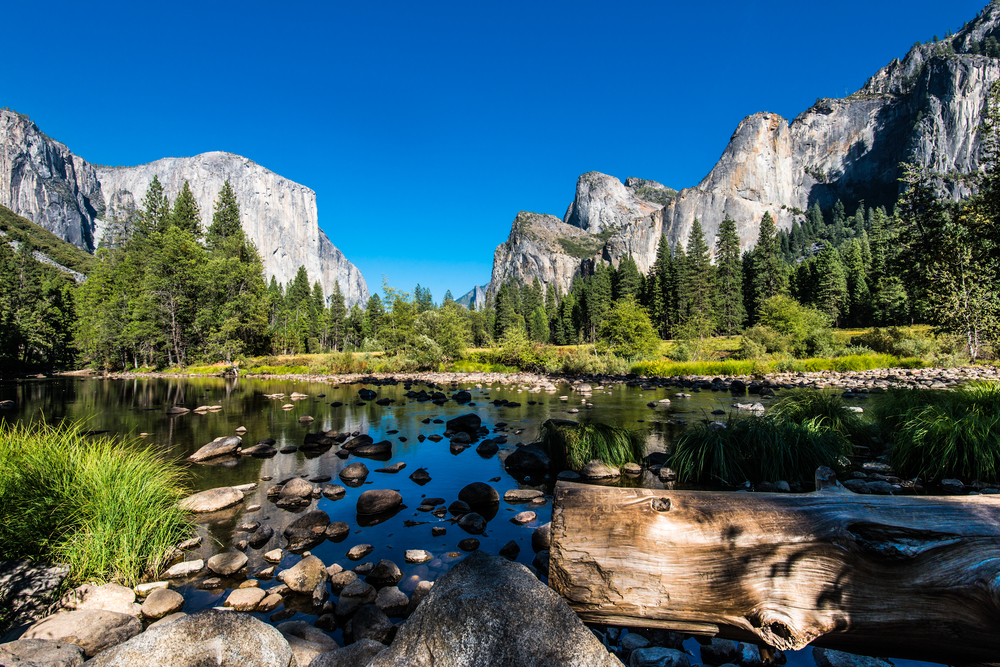One of the popular camping technique nowadays is the Leave No Trace camping. It means exactly what it says, but the question is, how do you do it?
Tips to Leave No Trace When Camping
Leave no trace camping is a practice that any survivalist can appreciate. The value of overnighting in a location and not affecting that location or leaving any sign is pretty ninja-like.
There are two areas where you will get the most benefit from learning no trace camping practices.
-
Camping in National Parks and Protected Lands

One of the great overlooked benefits of being an American is that you have access to some of the most stunning views in all the world. Our public State and National parks are places that will remain protected for generations. That was the purpose of their creation.
Most of these areas don’t allow fires and require no trace camping techniques to be used. If you can find a backcountry camping spot and set up carefully without leaving a trace, that means you get to enjoy the most pristine wilderness in our nation.
-
Escape and Evasion
Now, this might get you a little more excited than hanging in a hammock in the middle of the woods. Leave No Trace camping also means that people will have serious trouble tracking where you have been and where you are going.
Admittedly, this takes much more practice than just the random camping trip a few times a year. You will need real training and lots of practice to evade a professional tracker.
The Techniques
There are seven core practices that can be used to improve your ability to camp without leaving a trace.
1. Planning
Any camping trip should start with planning. It is no different for no trace camping.
Knowing where you are headed and how you are going to get there will make all the difference in the tracks you leave on the way there and the experience you have while you are on site.
You will see the importance of this step as we go over the other techniques.
2. Surfaces

Walk and camp on solid surfaces as your presence will be much harder to discern. You will not leave footprints or depressions where you dropped your bag or set up your tent.
Obviously, one of the easiest traces that you can leave behind is big muddy boot prints.
3. Waste
The less trash you pack in, the less you must pack out! Keep that in mind.
In other words, if you can store simple foods in reusable containers, you will be able to eat and go without the concern of plastic packaging.
People almost always leave something behind. No matter where you go, you can find some human trash. If you do not leave any mess, you will be much harder to track.
4. Leave the Wild
This one is gonna sting the bushcrafters. If you are practicing no trace camping, then you cannot so much as make a wooden stake from the wild around you.
The moment you put the blade to the wood, you are leaving a trace. A broken branch, a notched piece of wood will be easy for a decent tracker to sniff out.
Do not manipulate the woods in any way if you plan on remaining untraceable.
5. Smart Fire or No Fire
Fire is where things get remarkably interesting in a no trace camping session. The absolute best method for no trace camping is to eat cold and dry foods that can be packed in your bag and don’t require cooking.
You should also pack water purification tabs and a good water filter so that you don’t need to boil water either.
If you want to take a risk, there are things like fireboxes and firepans that can be used to create small fires, but you then need to consider what to do with ashes.
Fires also leave behind a scent, so you must be very thorough.
Your best bet if evading a tracker is to forget about making fire.
6. Wildlife
Interaction with wildlife should be avoided. This is particularly true of large wildlife.
If you get into an altercation with a large game animal, it could result in the creation of a blood trail from you or the animal. Either way that is a trackers delight.
If you are just no trace camping in a National Forest, you want the wildlife to remain as wild as possible. Watch them from a distance. Don’t run up to get a selfie.
7. Others
One thing that I have not mentioned is the use of a camping hammock over a tent. It is much easier to leave a trace with a big tent than a simple hammock that never puts direct pressure on the ground.
Your camping hammock can also be set up or broken down in a matter of seconds. With a good tarp, your entire camp can be camouflaged from the naked eye.
It’s Good for the Wilderness

Even if you don’t have a passion for escape and evasion techniques, the ability to execute a no trace camping trip is simply good practice. We have incredible wildlands but if we traipse through them, burn them, and leave our trash all over them, they will lose their magic.
If you are well versed in these seven techniques, you will be able to enjoy the wild places with leaving your mark on them. That should always be the goal.
Do you also practice leave no trace camping? Please share some of your tips in the comments section!
Up Next:
- 5 Crucial Stealth Camping Tips
- 7 Steps To Setting Up Your Camping Tent
- 17 Tips To Make Camping With Kids Hassle-Free


